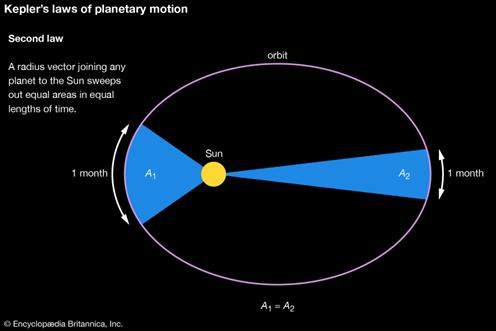Editor’s Note: This article was originally published on November 21, 2022.
This article has absolutely nothing to do with trend following or the markets. I have two friends; one whose birthday is June 21 and the other whose birthday is December 21. The one in December always said she got shortchanged because she thought it was the shortest day of the year. I wrote this for them. Enjoy!
Let’s begin with some things you need to know.
What we think we know: The shortest day of the year is December 21st (or very close to then) and the longest day of the year is June 21st (or very close to then).
Tropic of Cancer, latitude approximately 23°27′ N of the Equator. This latitude corresponds to the northernmost declination of the Sun’s ecliptic to the equator. At the summer solstice in the Northern Hemisphere, around June 21, the Sun attains its greatest declination north and is directly over the Tropic of Cancer.
Tropic of Capricorn, latitude approximately 23°27′ S of the Equator. This latitude corresponds to the southernmost declination of the Sun’s ecliptic to the equator. At the winter solstice in the Northern Hemisphere, around December 21, the Sun is directly over the Tropic of Capricorn.
Kepler’s Laws of Planetary Motion
All planets move about the Sun in elliptical orbits, having the Sun as one of the foci. A radius vector joining any planet to the Sun sweeps out equal areas in equal lengths of time. The squares of the sidereal periods (of revolution) of the planets are directly proportional to the cubes of their mean distances from the Sun.It is Kepler’s 2nd law that we need to understand. Below is an example of this law where the elliptical planetary movement sweeps out equal areas in equal time.
Left side Right side
(Please reference Image 2 to help understand the next two paragraphs.)
Hence, when the Earth is closer to the Sun (left side) it is sweeping a much larger arc than when it is further away from the Sun (right side). Here is another tidbit most do not realize. When the Earth is closest to the Sun (left side) the northern hemisphere is experiencing winter (December 21) because the tilt is away from the Sun and the Sun is over the Tropic of Capricorn. When it is further from the Sun (right side) the northern hemisphere is experiencing summer (June 21) because the Sun is over the Tropic of Cancer.
How can that be? Winter when closer to the Sun? It is because at that time the Earth is tilted away from the Sun (Tropic of Capricorn) which also explains why the southern hemisphere is experiencing summer and is generally warmer for two reasons: (1) the Earth is tilted so that in the southern hemisphere the Sun is closer, and (2) the southern hemisphere has considerably more water area.
Image 2
Okay, back to the purpose of this piece. How long is a day? Most will answer that it is 24 hours. Well, sort of, as that is how we attempt to measure a day but remember every four years we add a day on February 29th. That means each year we lose 6 hours. The best way to think of an actual or astronomical day is to put a stake in the ground and measure the shadow from one rotation to the next – that is an astronomical day.
If the Earth is closer to the Sun (left side) then the larger arc takes the shadow a longer period to make a full rotation. Hence in the winter (December 21), it is the longest astronomical day. Hey, we always thought December 21st was the shortest day, what’s up? That terminology only applies to the day being the period of daylight. December 21 is the day with the least amount of daylight because the Sun is at its lowest point in the Earth’s tilt. But it is the longest astronomical day.
Greg Morris























